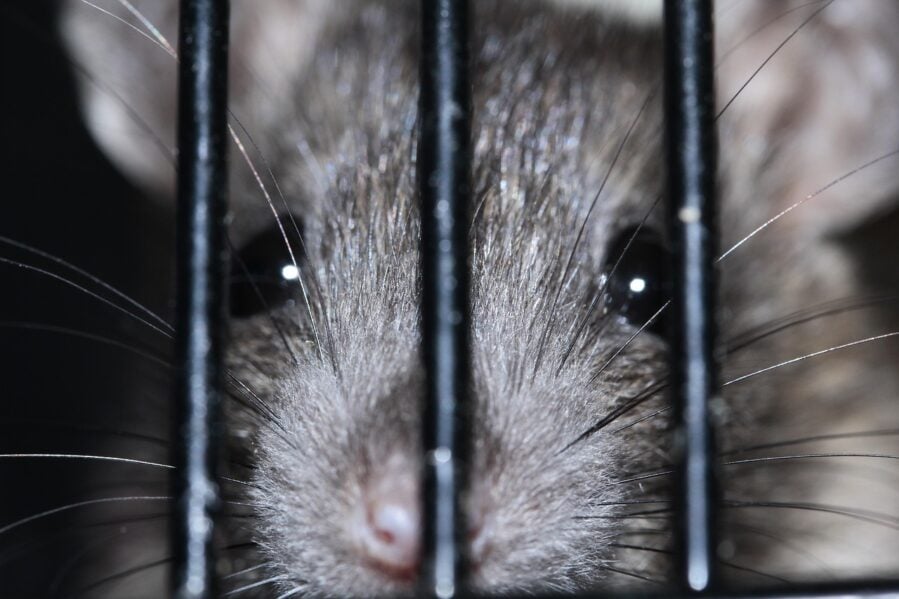A pioneering six-year study tracking Boston’s rat populations has uncovered how these urban rodents transport and maintain persistent strains of potentially fatal bacteria across city neighborhoods, offering crucial insights for public health officials working to prevent disease outbreaks.
Researchers from Tufts University, Northern Arizona University, the USDA, and the CDC collaborated to map how rat movement patterns influence the spread of Leptospira bacteria – a significant finding with implications for urban health management in cities worldwide.
Tracking Disease Transmission Through Rat Migrations
The comprehensive study, published in PLOS Neglected Tropical Diseases, analyzed DNA from 328 rat kidney samples collected across 17 Boston sites between 2016 and 2022. Researchers discovered that nearly 18% of rats carried Leptospira bacteria, which causes leptospirosis – a disease transmitted through rat urine that can lead to severe illness or death in humans.
“The primary way to get a full genomic sequence of a virus or bacteria is to culture it, which was a challenge in this case because Leptospira is considered a fastidious organism,” says Marieke Rosenbaum, assistant professor at Tufts University’s Cummings School of Veterinary Medicine. “It has specific requirements for temperature, pH, and nutrients. But our USDA collaborators cultured the bacteria from not only fresh but also frozen rodent kidneys, which has never been reported in the literature before, to get isolates.”
This breakthrough in laboratory techniques allowed researchers to conduct detailed genetic analysis of different Leptospira strains, revealing a surprisingly stable geographic pattern of infection across the city.
Distinct Rat Communities Maintain Unique Bacterial Strains
The study revealed that rats in Boston form distinct genetic communities that largely remain isolated from one another, with specific strains of Leptospira bacteria persisting within these separate populations for years. For example, rats in Boston Common maintained the same strain of Leptospira over multiple years – a strain genetically distinct from those found in other neighborhoods.
What factors keep these rat populations separate? The research identified several key barriers:
- Large multi-lane roads effectively block rat migration between neighborhoods
- Rats typically need to travel over 600 meters (about 1/3 mile) to encounter genetically different rat populations
- Green corridors and parks serve as migration highways for rat movement
- Construction projects disrupt established rat territories, potentially forcing migration
From Rats to Humans: Tracking a Disease Pathway
Perhaps most alarming was the discovery linking a 2018 human leptospirosis case directly to rats. Using advanced genomic sequencing techniques, researchers found that the bacterial strain from the human patient was nearly identical to a strain isolated from three different rats from the same location in Boston.
“It’s very strong evidence that the source of that human case was a rat,” says Rosenbaum.
While human cases of leptospirosis remain relatively rare in temperate regions like Boston, the disease represents a significant health concern in tropical areas. Climate change could potentially expand the geographic range of the disease, making these findings increasingly relevant for public health planning.
Rethinking Urban Pest Control Strategies
The study’s insights into rat migration patterns challenge conventional approaches to pest control. Simply exterminating rats in one area without understanding population dynamics could potentially drive infected rats to new locations, spreading disease more widely.
“Extermination is not realistic,” notes Rosenbaum, “but I think better understanding of how the different pest control interventions are impacting rat migrations and transmission of pathogens amongst the rat population would be really helpful.”
Dave Wagner, professor at Northern Arizona University’s Pathogen & Microbiome Institute, highlighted the importance of the new genetic tools developed during the study: “The new genetic tools that we developed and used in this study are real game changers for leptospirosis research, as we can now use the power of the whole genome to look for relatedness among samples, something that just wasn’t possible before.”
As cities worldwide grapple with rat populations and the public health challenges they present, this research offers a road map for more targeted intervention strategies. By understanding how rats move through urban environments and tracking the specific pathogens they carry, public health officials may be able to develop more effective approaches to protecting human health while addressing rodent infestations.
The findings suggest that future urban planning might consider how infrastructure development, from roadways to parks, influences rat migration patterns and potential disease spread – an often overlooked aspect of public health management in densely populated urban areas.
If our reporting has informed or inspired you, please consider making a donation. Every contribution, no matter the size, empowers us to continue delivering accurate, engaging, and trustworthy science and medical news. Independent journalism requires time, effort, and resources—your support ensures we can keep uncovering the stories that matter most to you.
Join us in making knowledge accessible and impactful. Thank you for standing with us!

